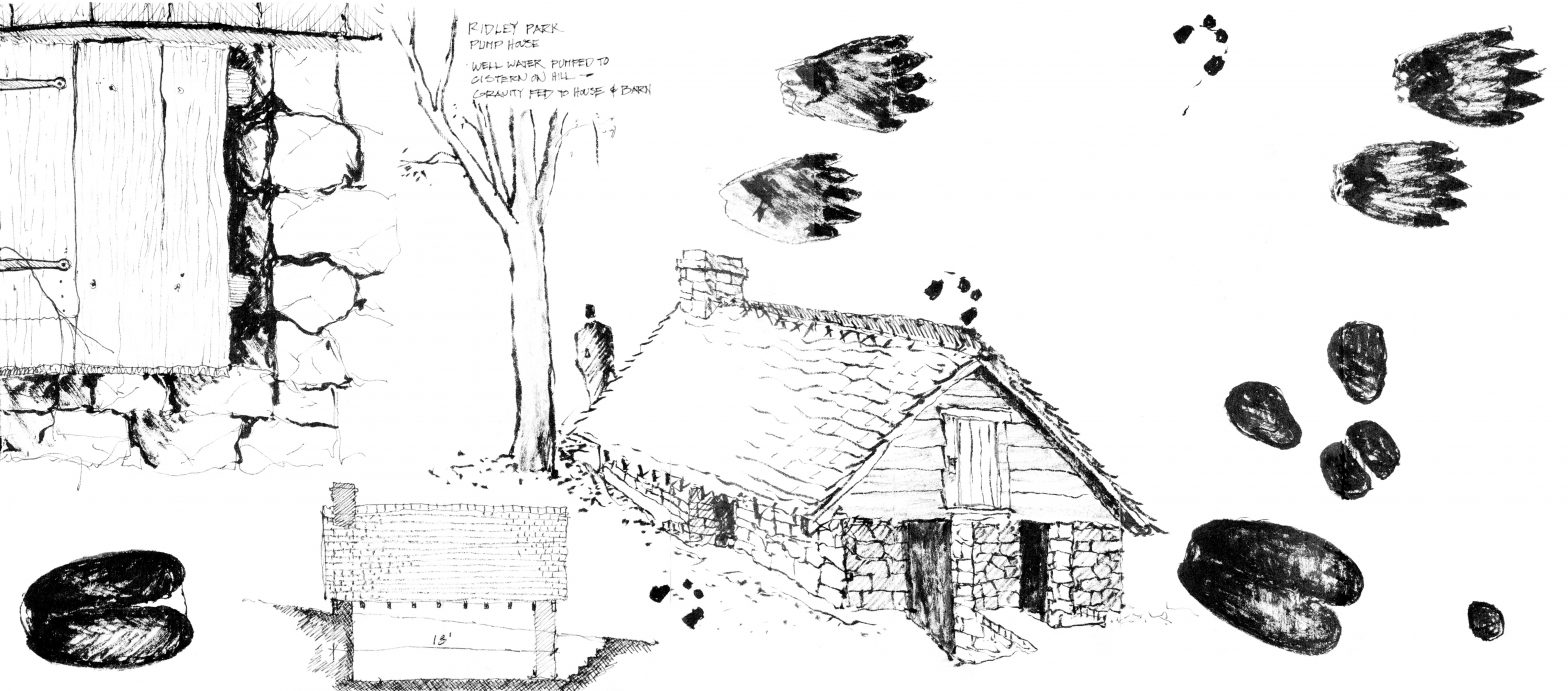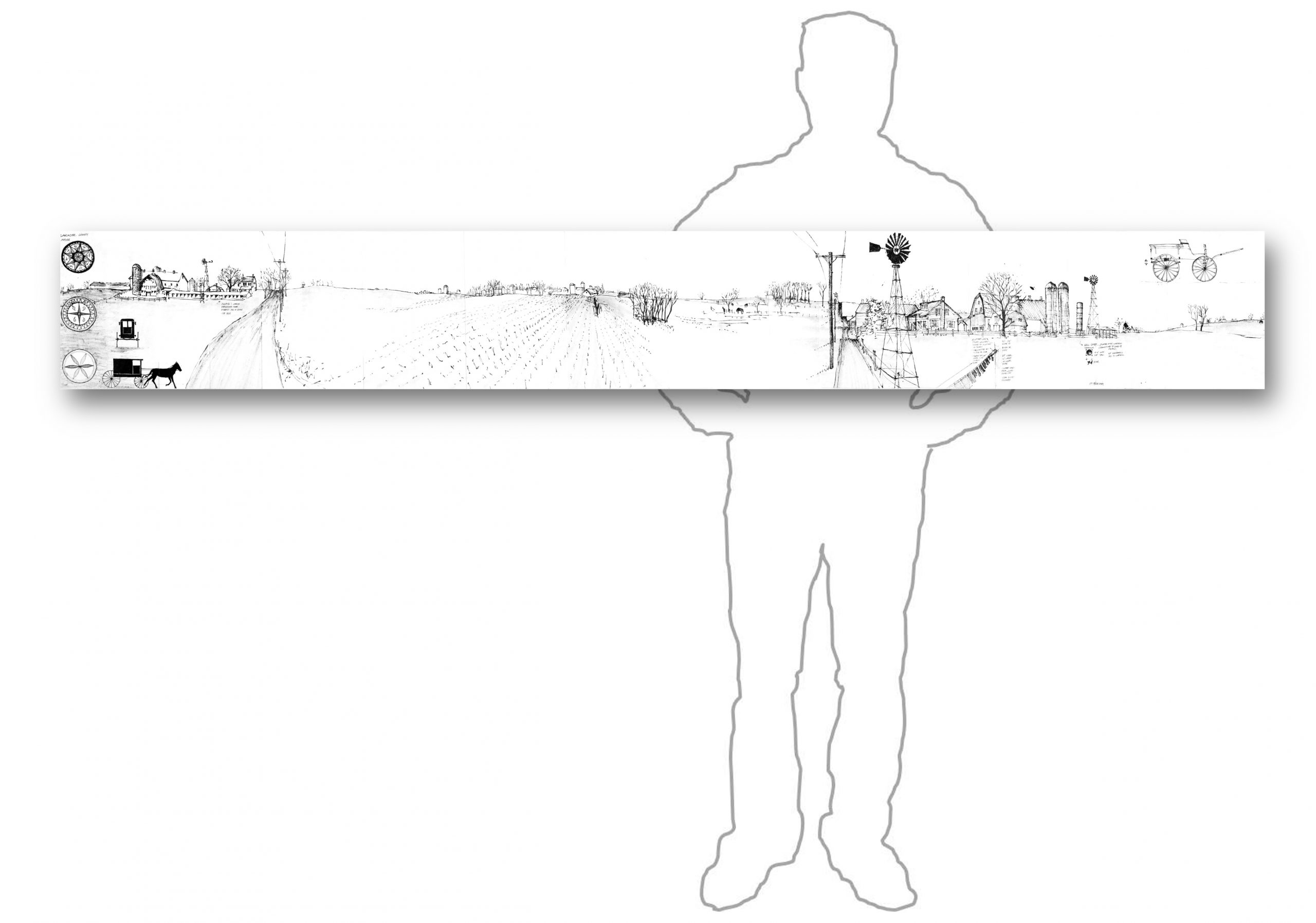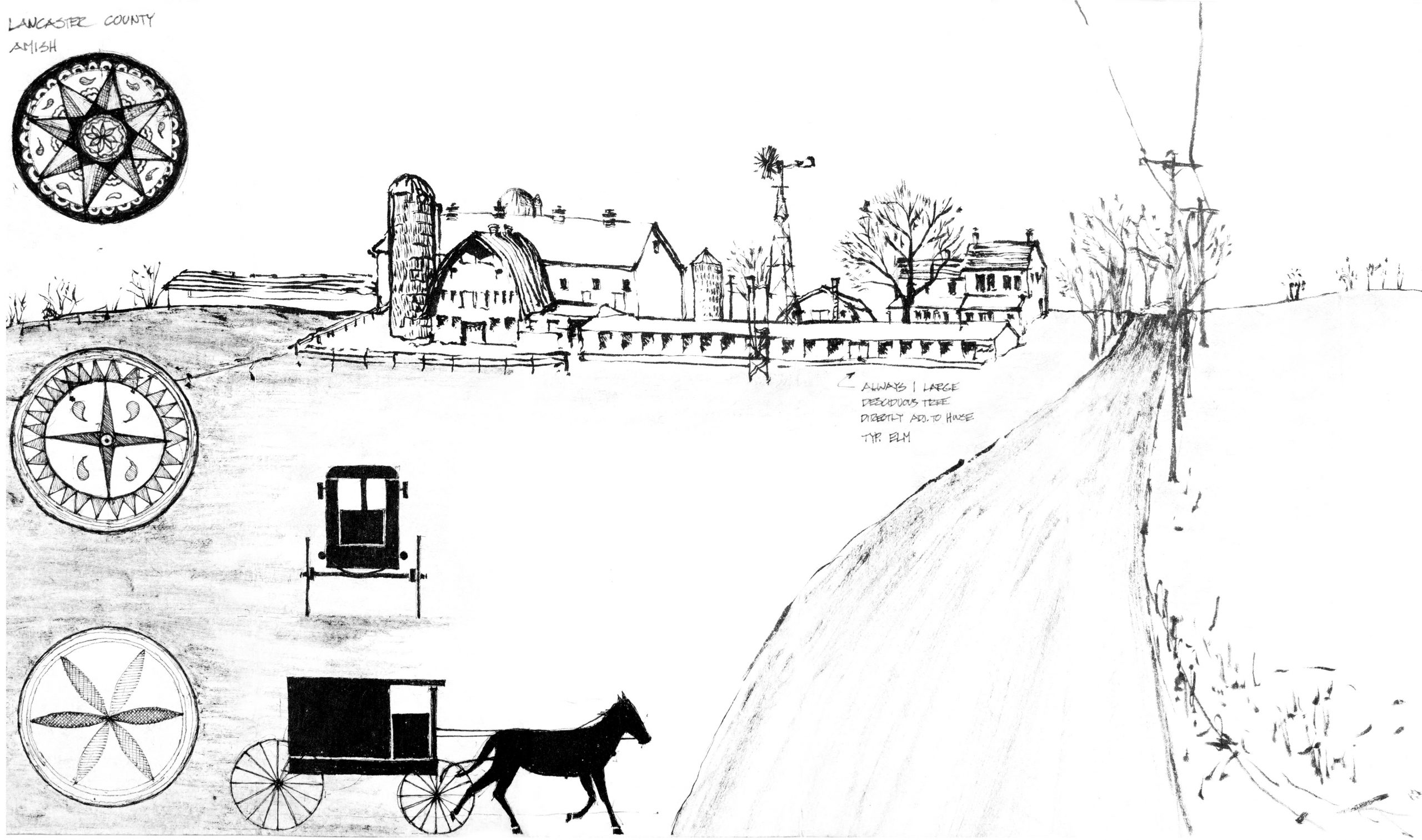7.11.USA-3-detail-c animal tracks Highlights Relevant to Sustainable Design:
Be a good neighbor.
Animal tracks on the snow are often worth following. The distance between the tracks, their size, and their depth are all clues to the animal’s weight and shape.
I think it is important to understand the context of where we build architecture, not just relative to other buildings and landscape assets but also to the other animals that are no longer going to feel as welcome once construction starts. Stewardship is a key aspect of sustainability, and thinking about the impact of planting on our neighbors sets the stage for co-inhabitation. Stewardship is key, because it is about the responsible management of the things that are entrusted in our care. Since humans rank at the top of the food chain, we can lead by example to care for the rest of the links in the chain. As an example of environmental stewardship, we are including indigenous plants at our family beach house that specifically support the depleting habitat of endangered waterfowl. The process of tracking animals is interesting, as a way to learn who lives in the neighborhood and how their brains work. Sometimes a deer or wild turkey will make logical turns around obstacles; other times, they may seemingly roam around aimlessly foraging for lunch. For an amateur tracker like myself, there is no better time to follow animals than after fresh winter snow has fallen.
I had the good fortune of learning from some master trackers on a trip to Africa. We were high in the mountains tracking the silver back gorillas, on a safari through east Africa in Kenya, the Great Rift Valley, and the Aberdare Mountains. The native trackers had the ability to see so many clues in the landscape that it appeared as if they could actually think like the animals. Clues included bent foliage along the gorillas’ path through the jungle, broken tree limbs where they had taken down branches to eat the leaves, and matted-down groundcover vegetation where they would rest or sleep. After multiple days of tracking, we found families of gorillas and spent time seeing them with their babies firsthand. It was like being in the Dian Fossey book or the film Gorillas in the Mist.
The humanlike expression and curiosity in the eyes of the babies was like seeing into the heart of an ancestor. Personally connecting in the wild with animals that share so much of our DNA is a standing highlight of my travels around the world. The trip was before I got my first foldout sketchbook, so on a future return safari, I will be sure to document the incredible elegance of the landscape, animals, and also the architecture of the Maasai warriors.
Author and illustrator: Charlie Szoradi is an architect, inventor, and the CEO of Independence LED Lighting. He writes about many other topics related to animal tracks and natural habitats through his extensive travels around the world.
If you have found this posting online, it is an excerpt from Mr. Szoradi’s book Learn from Looking that served as the inspiring seed content for this drawing share resource. For additional drawings and insights on animal tracks and insights on environmental impact, we hope that you enjoy exploring LearnfromLooking.com. You can search via general terms such as sustainability as well as narrower terms such as animal tracks and indigenous plants.
This description is one of many examples of the learning benefits for children that come from pausing to learn from looking at something like the animal tracks in the world around us. If you are a parent or grandparent of grade school children, you may enjoy reading more in the Learn from Looking book about ways to inspire children with animal tracks to take some time away from the ubiquitous screens that often dominate the hours of their days. Looking at animal tracks in the back yard, a nearby park, or a family hiking trip often inspire kids to explore the natural world in new ways.



